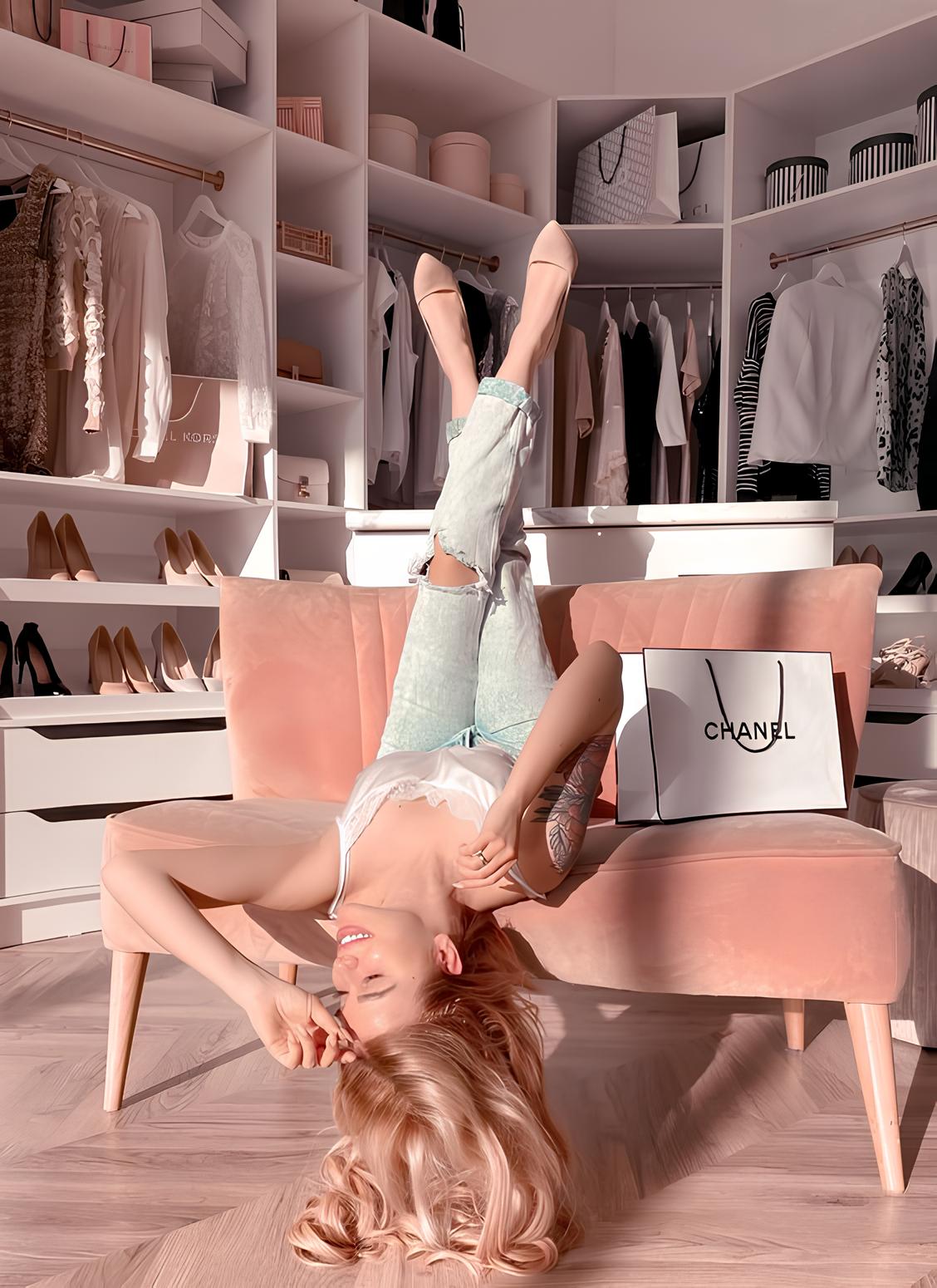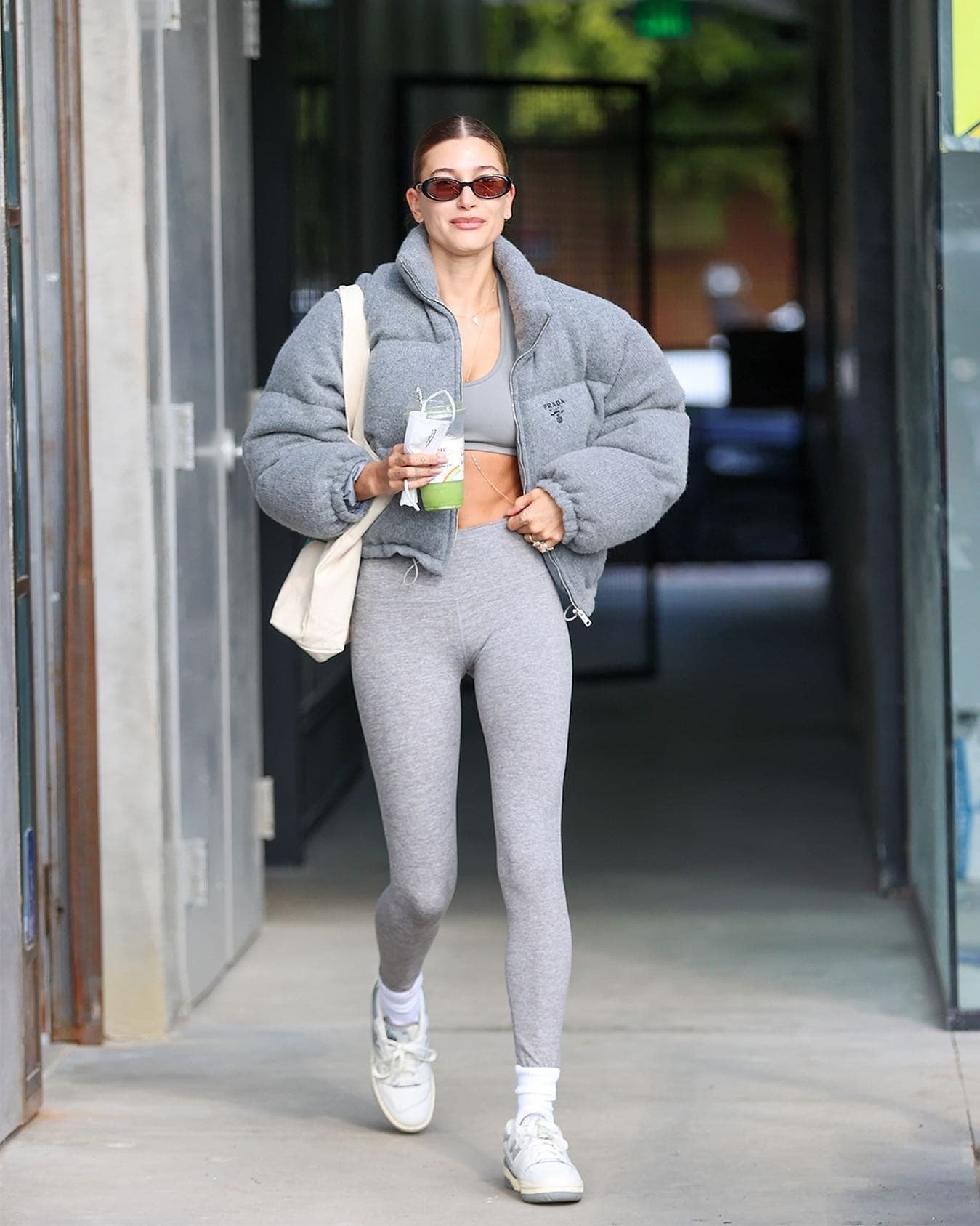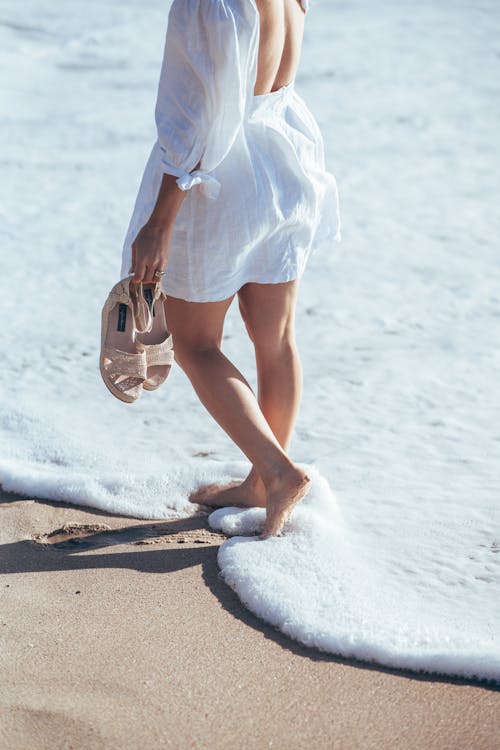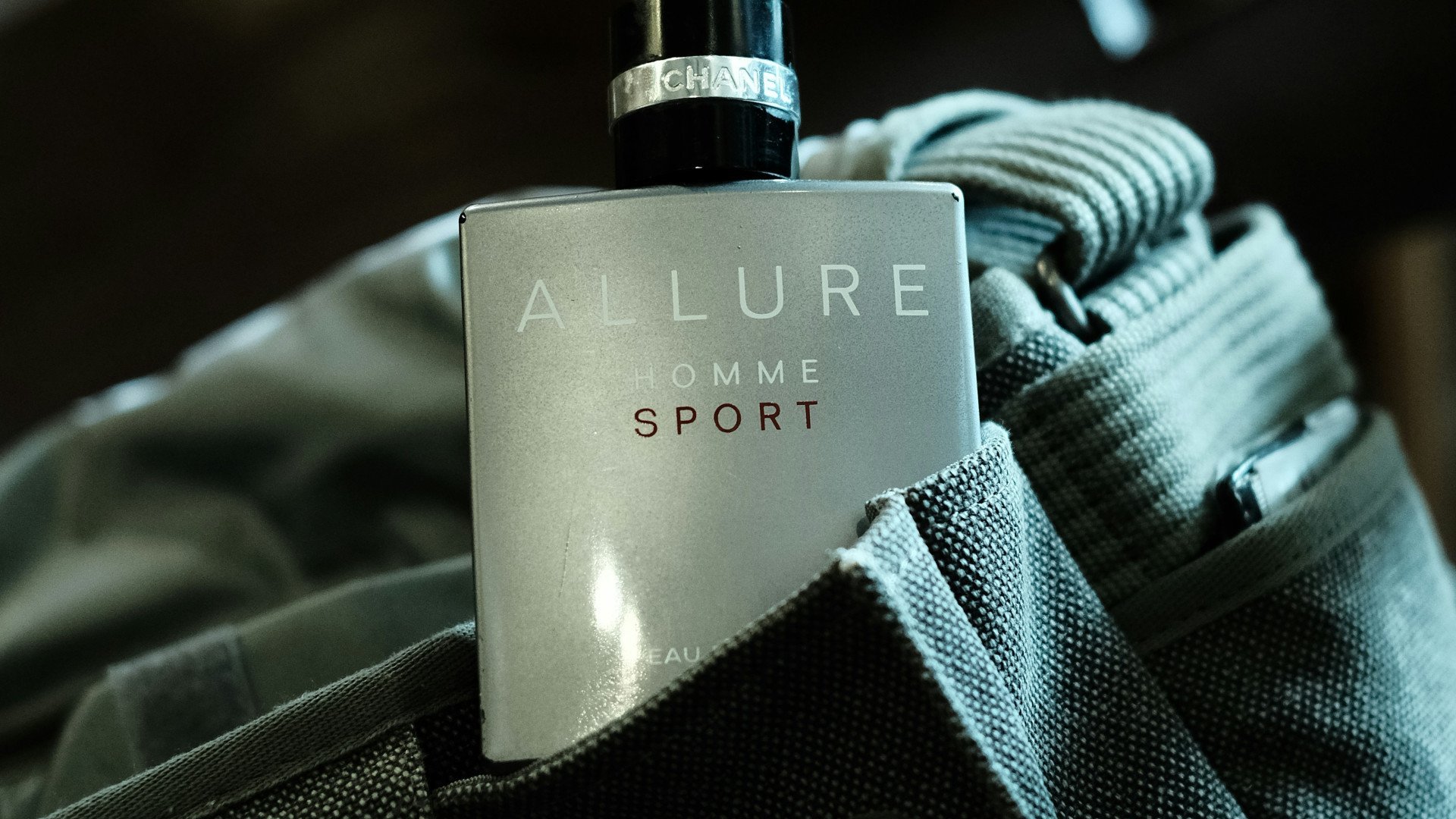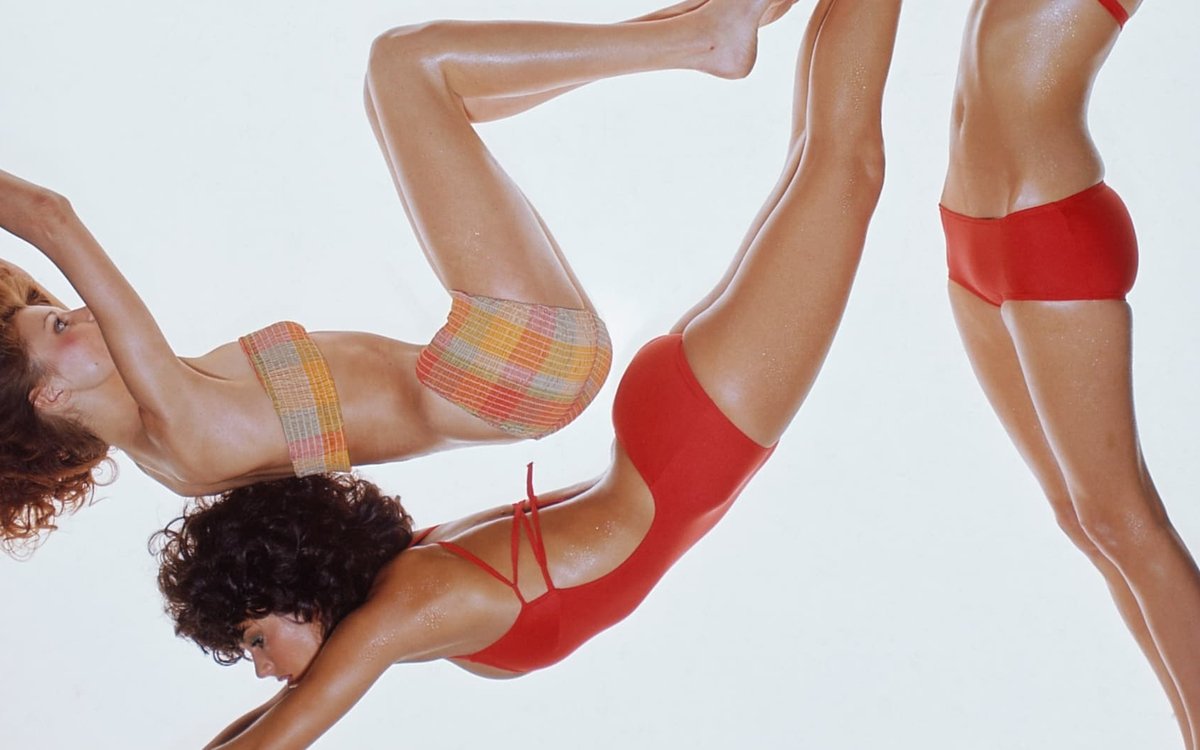
Fashion in Motion: The Exhibition Echoing the 2024 Olympics
This publication is also available in: Français
Deutsch
Italiano
Español
As we are less than a year away from the start of the2024 Olympic and Paralympic Games, the **sport spirit** is already starting to seep into the capital. The Palais Galliera, Paris’ fashion museum, has composed **an exhibition in three acts**, highlighting the evolution of fashion in relation to **sporting practice since the 18th century**. Discover the first act of the exhibition Fashion in Motion, between the evolution of society, its habits, and its relationship to physical exercise.
Fashion in Motion: An Evolving Exhibition
Launched on June 16th, the new exhibition at the Palais Galliera, Fashion in Motion, is set to highlight sporting practice through the lens of fashion until September 7, 2025.
Presented in **a series of 3 displays**, the museum’s second collection exhibition will showcase more than **200 works** over its entire duration, following this schedule:
- 1st display from June 16, 2023, to March 15, 2024.
- 2nd display from April 20, 2024, to January 5, 2025.
- 3rd display from February 8, 2025, to September 7, 2025.
Set up in response to the **2024 Olympic and Paralympic Games**, which will be held in Paris from 07/26/2024 to 09/08/2024, the Fashion in Motion exhibition, through pieces from its own collection, traces the evolution of fashion and clothing in relation to society’s evolving relationship with the body, movement, and sporting practice from the 18th century to today.
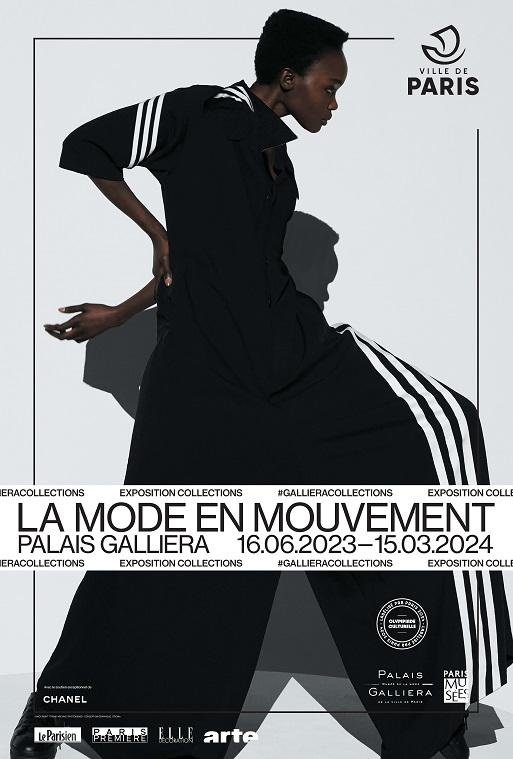
Democratization of sporting practice, **hygienist theories**, improvement of fabrics and materials, creation of competitions, and **search for performance**, modification of the silhouette and wardrobe that integrates sportswear into everyday life… The Fashion in Motion exhibition offers us a dive into time with a new and very interesting angle, and this, for both men’s and women’s dressing rooms.
Fashion in Motion: When Fashion and Health are Linked
It is often said that regular sporting practice is essential for good health. And this fact has been the origin of many changes in history, both in society’s daily life and in its wardrobe.
Indeed, if we go back to the 18th century, the outfits worn at the time were very tight, **compressing the skeleton**, and were accompanied, for women, by large petticoats, creating this **whale-boned silhouette** characteristic of that era. Men were also wrapped in quite tight and close-fitting fashionable outfits. These clothes resulted in certain pains and primarily **a lack of freedom of movement**.
These consequences, increasingly pointed out by doctors of the time, as well as **the influence of British style**, led to the creation of new wardrobes with more flexible, lighter fabrics, giving rise to new silhouettes and pieces that better accompanied movement. This was particularly sought after for **promenades**, which were essential outings at that time to see and be seen in the afternoons, walking in beautiful outfits that guaranteed one’s social rank. These outings, increasingly popularized thanks to new urban developments, represented a physical activity and had many followers, especially in view of the sporting activities developing across the Channel at the same time.
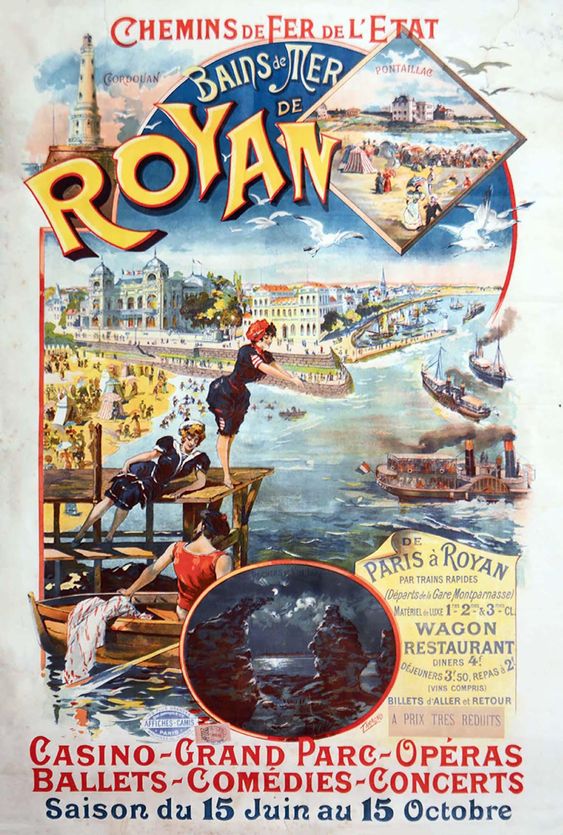
A few years later, in the 19th century, hygienist theories highlighted the health benefits of sea bathing. Their arguments, along with the creation of new railways, then expanded the practice and launched the creation of new bathing pieces. These theorists, emphasizing the necessity of sporting practice for **public health reasons**, enabled the development of sport, which was initially reserved for the upper classes and then expanded to more popular classes.
How Ready-to-Wear Pieces Adapted to Sporting Practice
Besides sea bathing, the range of physical activities developed over the years for men, and then women, initially including horseback riding and cycling. Clothing initially adapted to the practice, especially for women who continued to wear everyday styled pieces but could open them to **facilitate the practice**, as in the case of horseback riding, where they rode side-saddle.
Throughout the 19th century, women began to wear so-called masculine pieces, with trousers and riding boots, allowing more ease and **encouraging performance**. The silhouettes thus abandoned the volume of usual pieces for more close-fitting outfits, giving more freedom to movement.
The body itself became more visible, especially in practices like tennis with short skirts and shorts. This evolution in clothing also highlights **society’s relationship with the body**, which has also evolved over the years.
How Competition Changed the Intention of Clothing?
It was not until the 19th century that sport became professionalized with the appearance of sporting competitions. Initially seen as an opportunity to **develop sociability**, the practice later adopted an aspect of self-improvement. In response, clothing design became rooted in a search for performance. New textiles such as knitwear and new ways of composing pieces were integrated into brand collections. Among others, we saw the appearance of the Burberry gabardine, which we recently discussed. The idea was no longer to seek sophistication but to support movement to succeed in practice.
Meanwhile, competitions attracting many spectators led them to adjust their outfits as well, to reflect a passion for sporting practice in their looks.
Gradually, ready-to-wear brands began to incorporate **sportswear inspirations** into their collections to meet their customers’ demand for relaxed outfits in tune with the times. The pieces were particularly inspired by the cuts and patterns of sportswear.
A trend that has never stopped progressing, still observed today with the presence of sneakers in everyday life, as well as jogging pants or hoodies.
Fashion in Motion: Sporting Practice in Vogue
Beyond a simple practice, as is more the case today, sporting activity was **a real lifestyle** in the 1900s. The practice involved equipment and pieces in detail, as we see in the Fashion in Motion exhibition with a fan that belonged to Princess Murat, representing a hunting scene. Or with a hunting jacket designed by Schiaparelli featuring buttons with boar heads in relief.
This lifestyle trend around practice was illustrated in those years by dedicated magazines, one for women with “Le Jardin des Modes,” and another for men. These magazines featured a sport on the cover, accompanied by a typical and carefully detailed outfit.
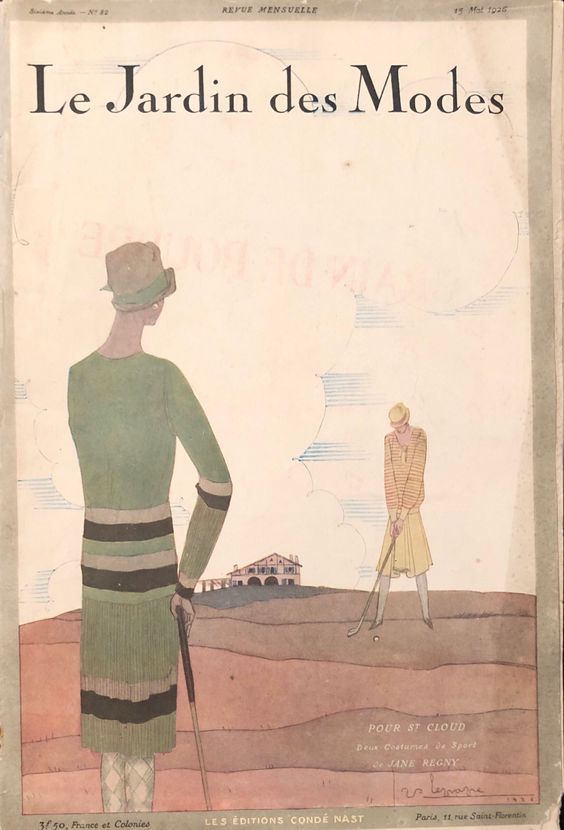
This entire universe also developed through clothing labels and was illustrated in 100% sportswear ranges from brands.
How Sportswear Imposed Itself in Society
Today, sportswear remains **an important source of inspiration** for major fashion houses when designing their pieces. Sneakers are the perfect example, having become the new loafers and pumps of cities. The pieces, integrated into our daily lives, sell at exorbitant prices. Some brands, like Chanel, even used sport as a guiding line for the inspiration of certain collections.
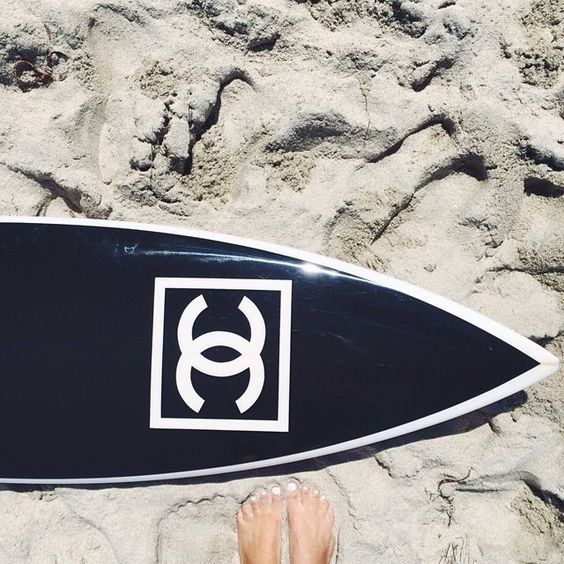
Even the French team’s jersey has become a wardrobe item, no longer just anchored in the context of practice, but worn as **a sign** **of belonging** or attachment.
Fashion in Motion: A Slice of History to Rediscover
As sportswear has become so linked to our daily lives that we wear it without even realizing it, the Fashion in Motion exhibition allows us to discover how much **the evolution of sporting practice has impacted fashion**. This applies to the redefinition of silhouettes, the evolution of men’s and women’s wardrobes, fabrics and cuts, and the attention given to the creation of pieces.
Fashion in Motion is a beautiful exhibition where we learn as much about fashion, sport, as society itself.
To continue your journey, the Palais Galliera offers an exhibition on **color in fashion** through a series of backlit autochrome photographs used during the French Taste Salon from 1921 to 1923. Beautiful and unique captured moments reflecting the luxury of fashion through scenes presenting ready-to-wear, leather goods, and accessories.
The first display of Fashion in Motion is presented until March 15, 2024.
While waiting for the rest of the exhibition, you can find men’s and women’s sportswear ranges on Modalova’s e-shop!
